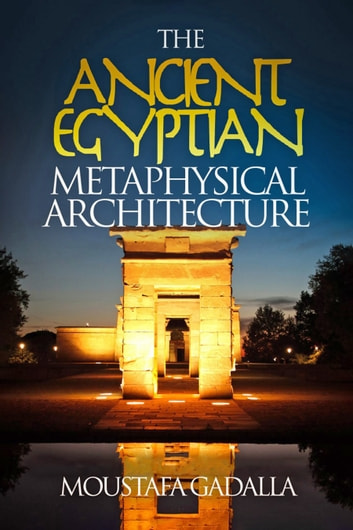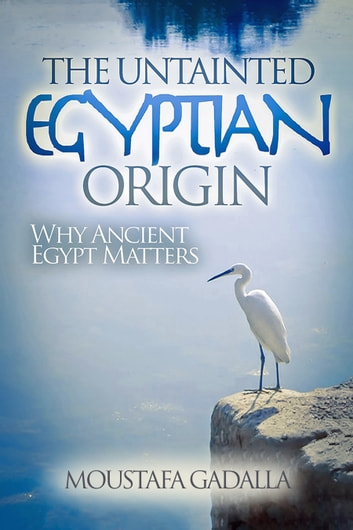The Ancient Egyptian Metaphysical Architecture
SHORT DESCRIPTION
This new expanded edition reveals the Ancient Egyptian knowledge of harmonic proportion, sacred geometry, and number mysticism as manifested in their texts, temples, tombs, art, hieroglyphs, etc., throughout their known history. It shows how the Egyptians designed their buildings to generate cosmic energy; and the mystical application of numbers in Egyptian works. The book explains in detail the harmonic proportion of about 20 Ancient Egyptian buildings throughout their recorded history.It also includes additional discussions and details of the symbolism on the walls; the interactions between humans and the divine forces; Egyptian tombs, shrines and housing; as well as several miscellaneous related items.
View Buying Options



